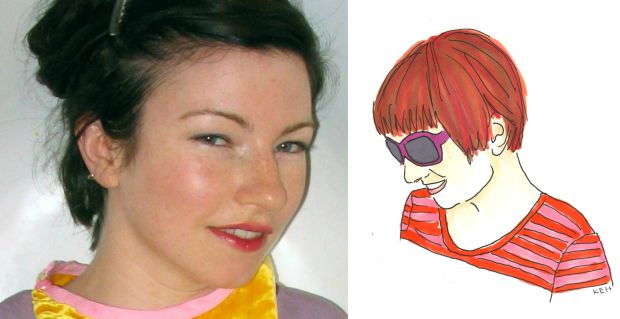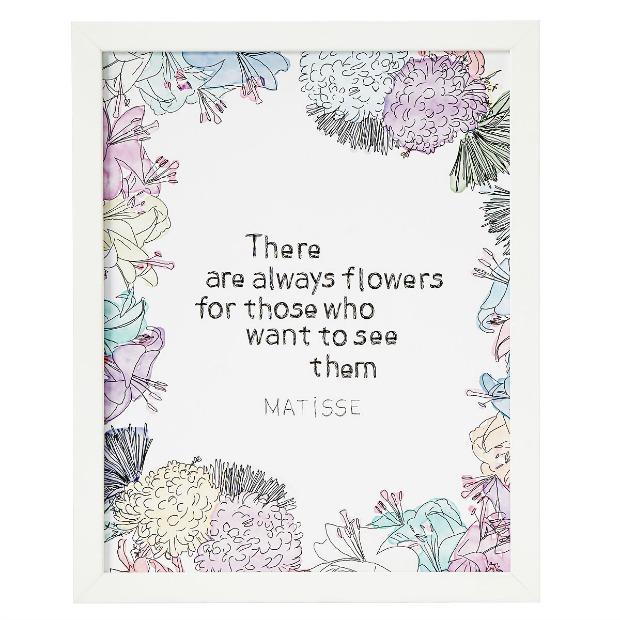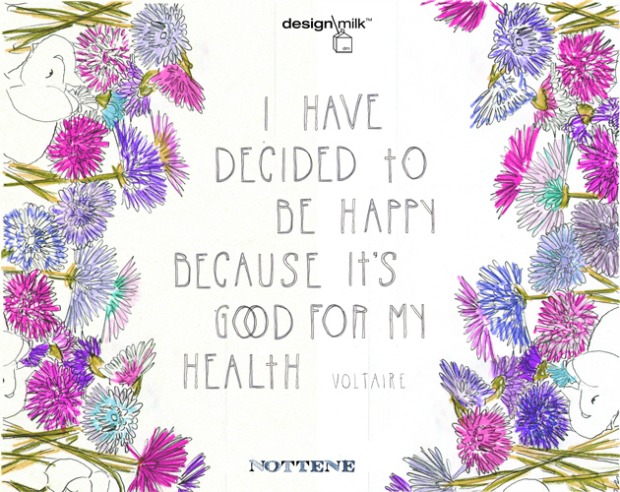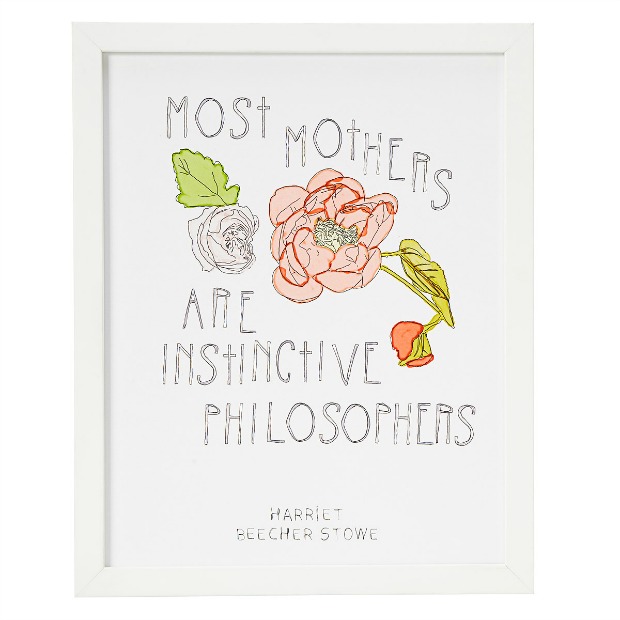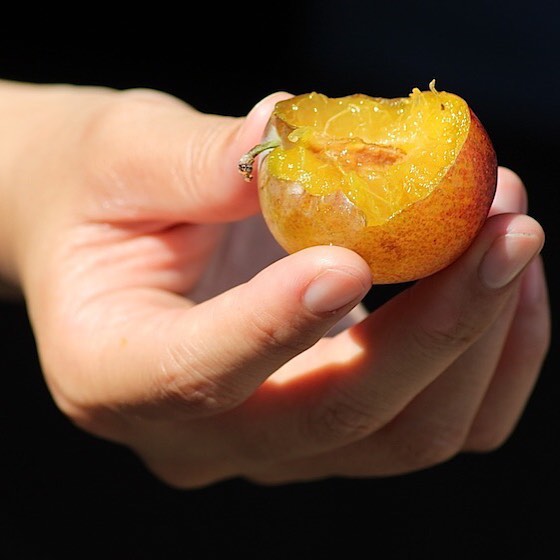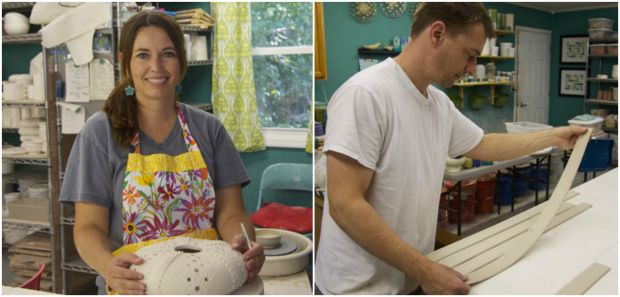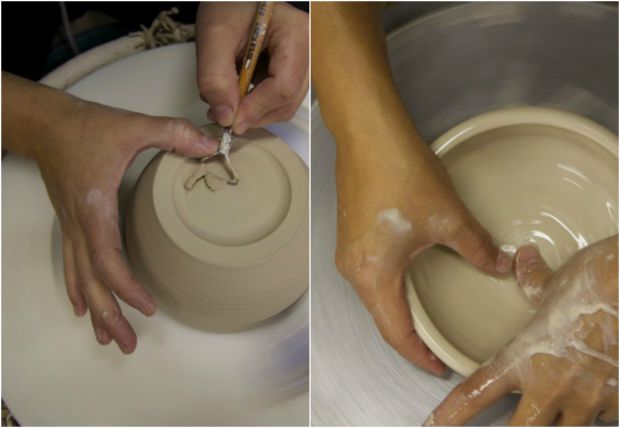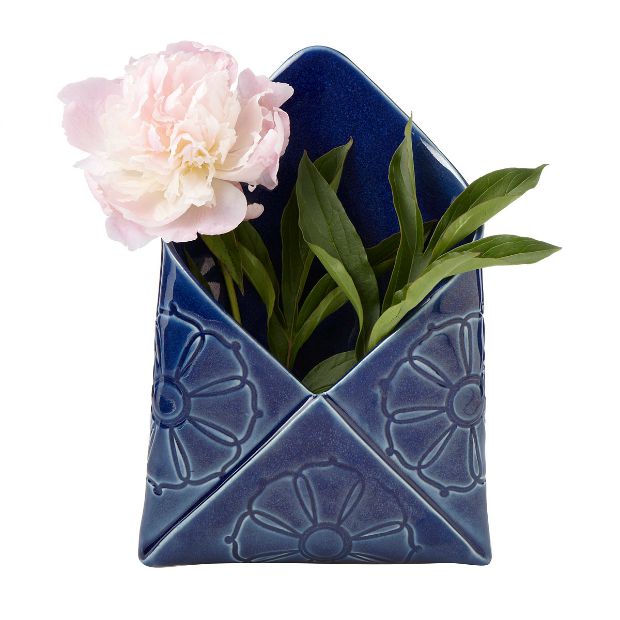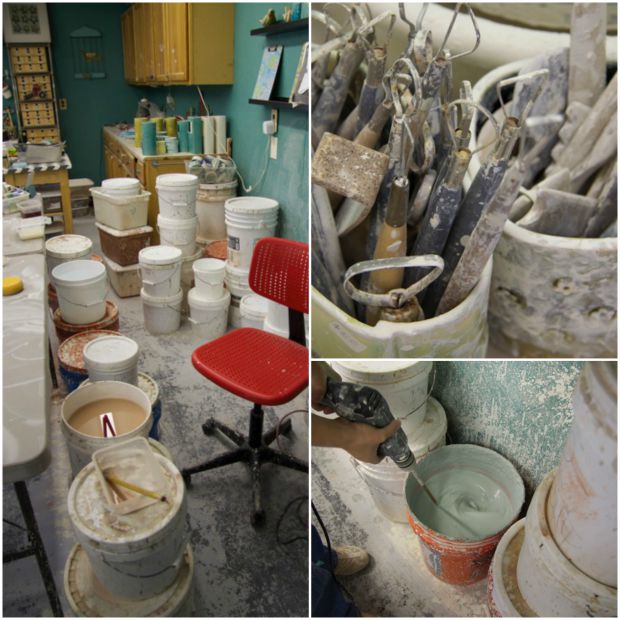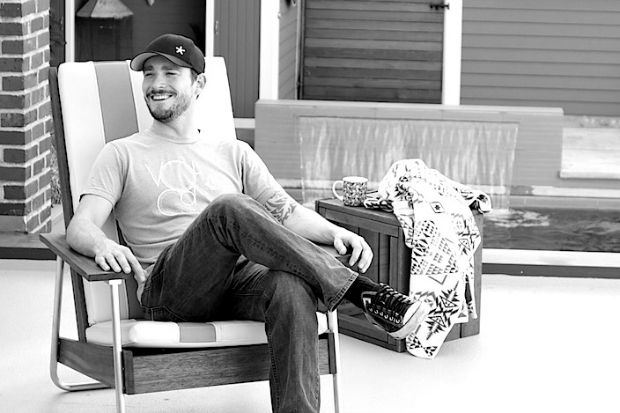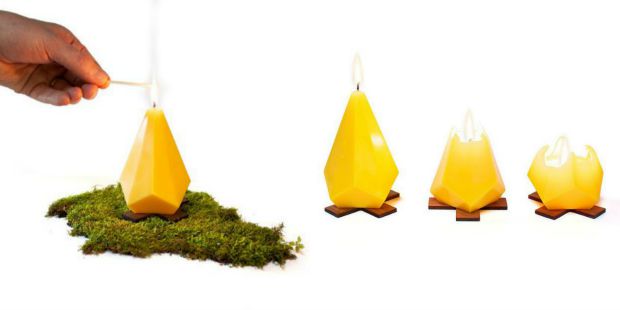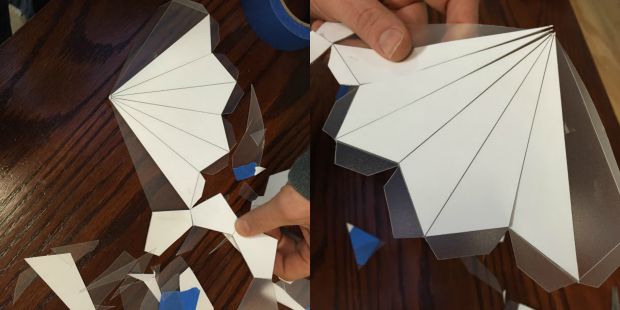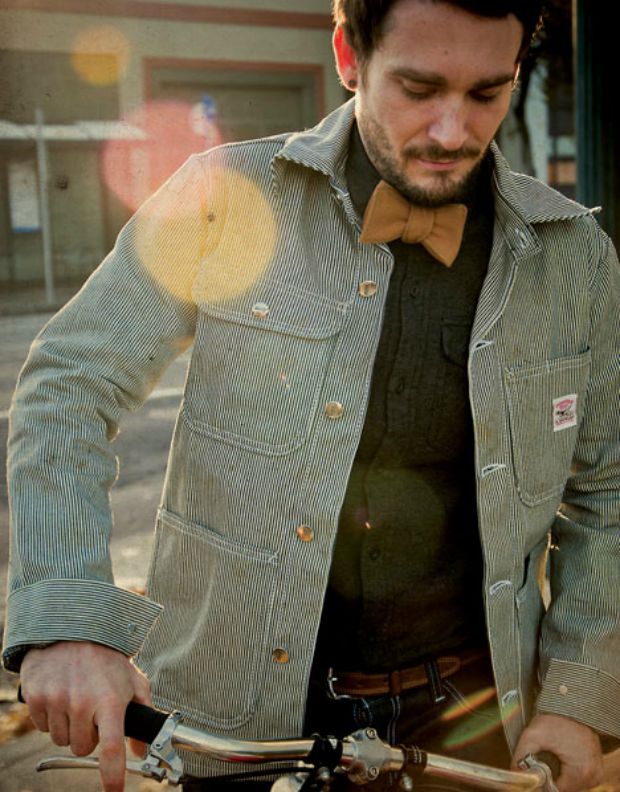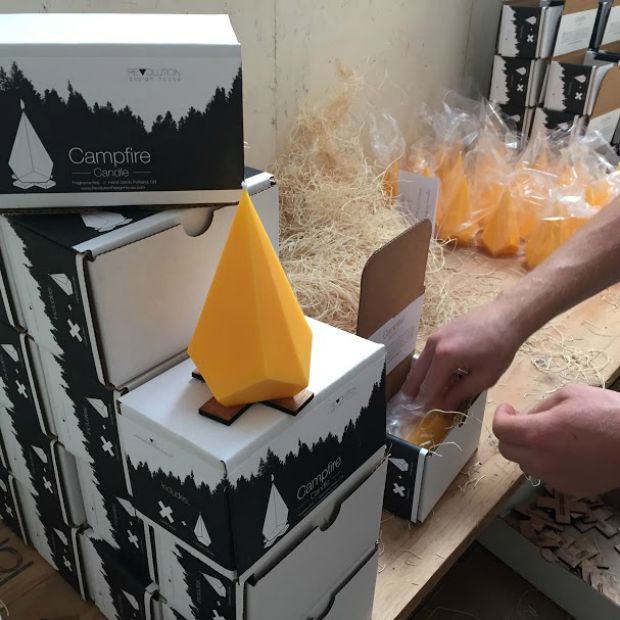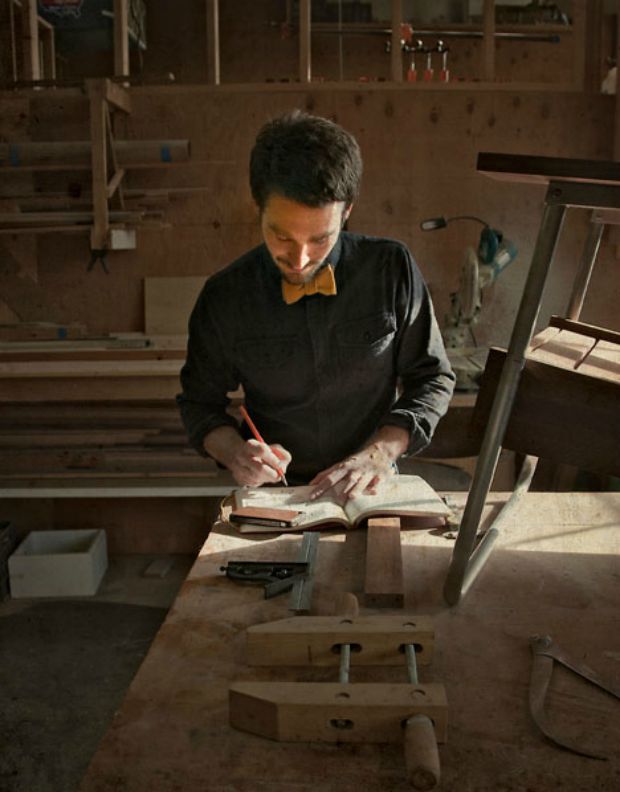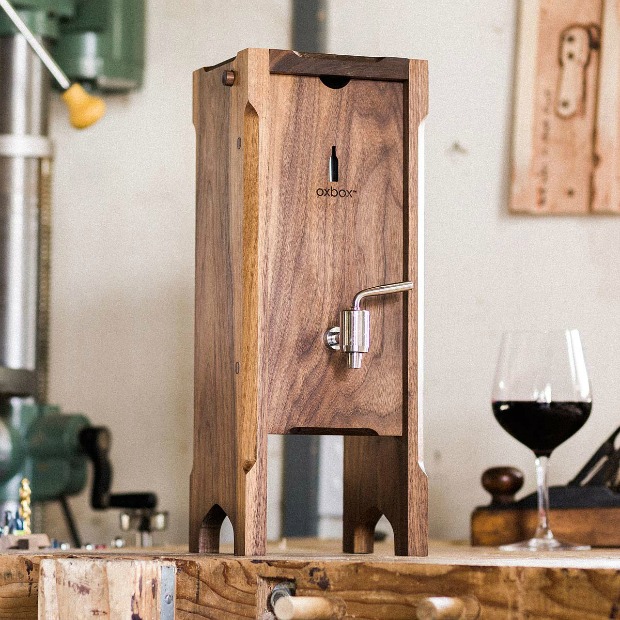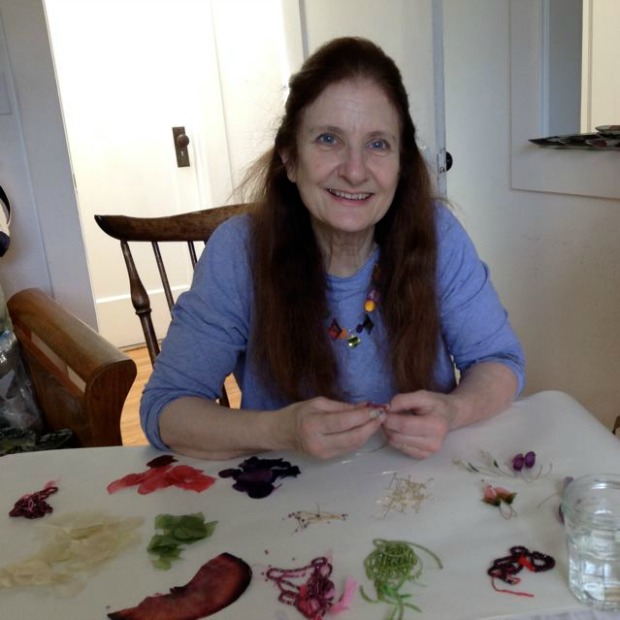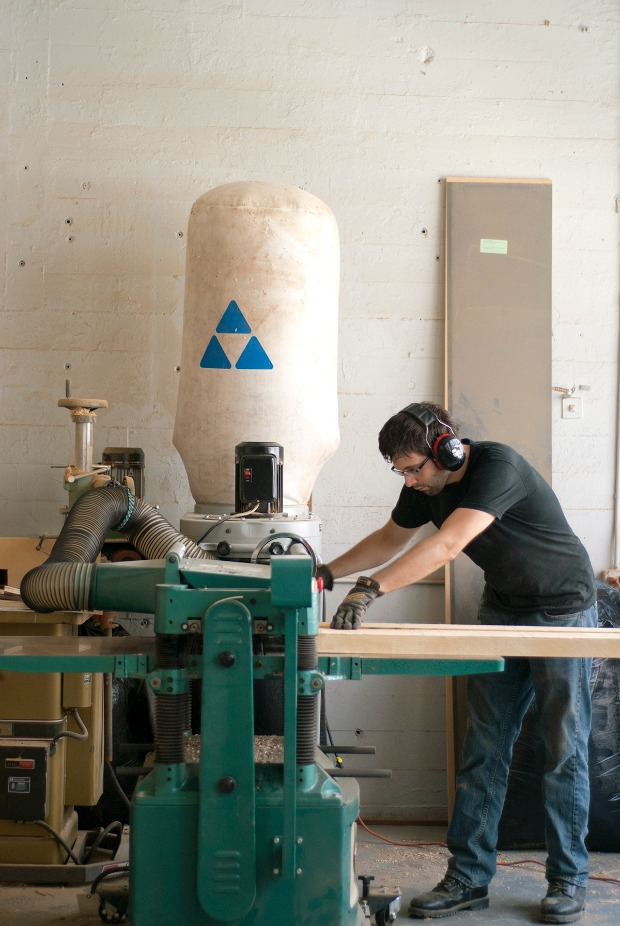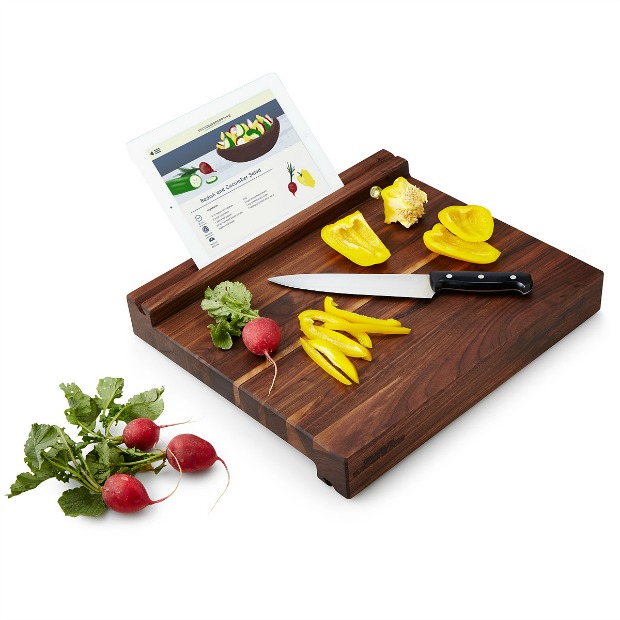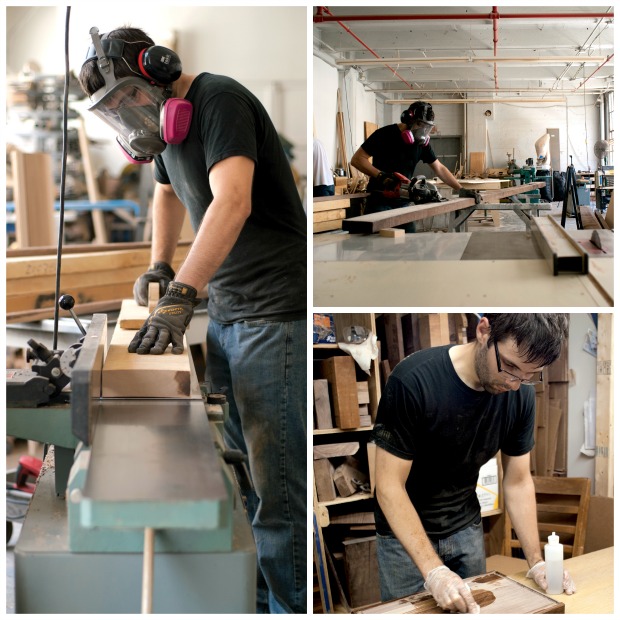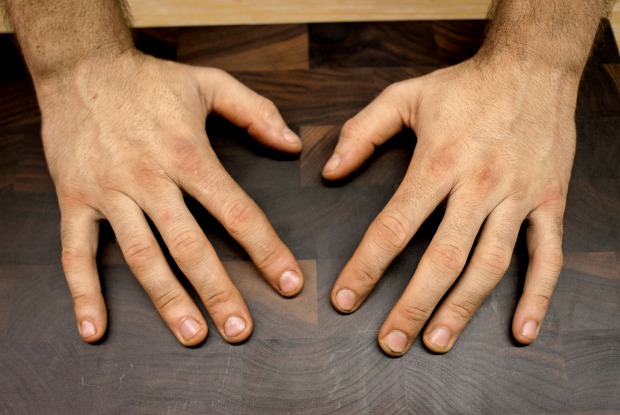Our makers never fail to motivate us, encourage our creativity, and fill us with inspiration. So, when a new design enters our assortment, we’re always excited to learn more about the person behind the product.
What gets an artist going and keeps them creating is certainly worth sharing, and every great connection starts with a simple introduction. Meet Kimberly Hall, the artist behind the There Are Always Flowers Print.
When did you know you wanted to be an artist?
It took me a long time to think of myself as an artist. I have had a very varied career with lots of different titles, and it wasn’t until recently that I realized that having a kind of crazy career was really because I had the point of view of an artist.
What was the most exciting thing about becoming a professional artist?
This year I think it will be showing my print and pattern work in Paris this fall! I love how I never quite know where this path will lead…I love the surprises, the wonderful ones and even the losses are still so exciting.
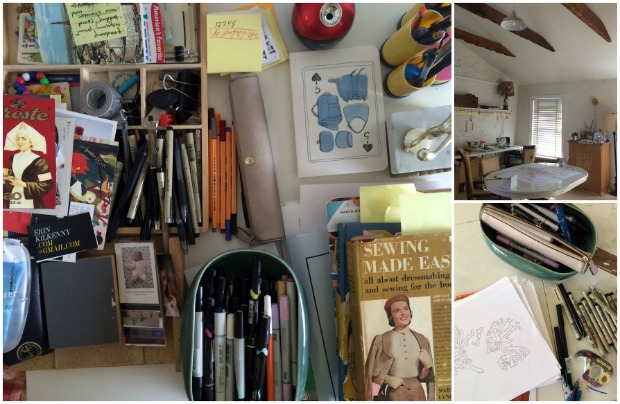 What does your typical day in the studio look like?
What does your typical day in the studio look like?
They always seem to be a little different. I have two daughters and I usually drop them off at school in the morning which is the only real consistent part of my day. After that it could be anything from research & collecting inspiration for a job, or working on the continually growing collection of patterns I show twice a year at Premiere Vision Designs in New York, or prepping to teach a class in either fashion or illustration. I love to meet other freelance and artist friends for a coffee during the day and hear what people are up to. Philly has a great sense of community that I love.
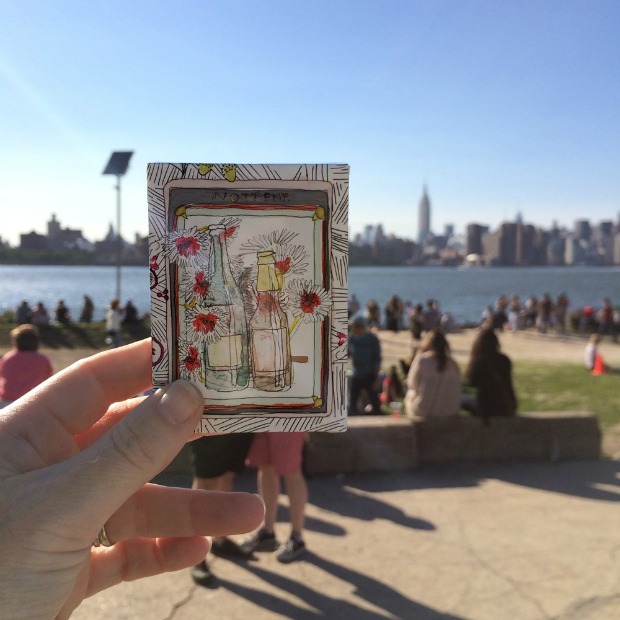
Is there a trinket, talisman, or other inspirational object you keep near? If so, what is it and what does it mean to you?
I have a lot of trinkets and talismans! I love to draw them… right now I’m starting a series on my blog where I post many of the interesting postcards I have collected over the years. It’s something I always pick up wherever I go. Check them out here>>
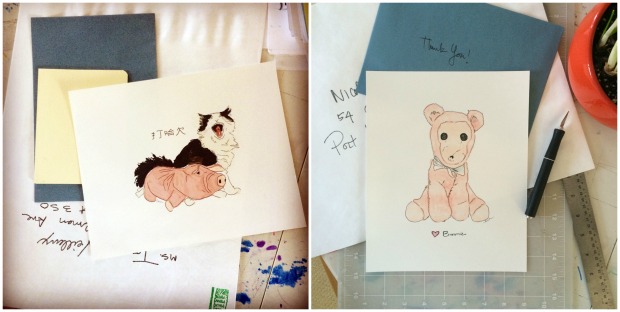
Imagine you just showed your work to a kindergartner for the first time. What do you think they would say?
I have a kindergartner and she ALWAYS has an opinion when she sees my work!! Her favorite is one of my postcards that says “Join Our Club”, she likes to hand it out to friends and get people in the Nottene club!
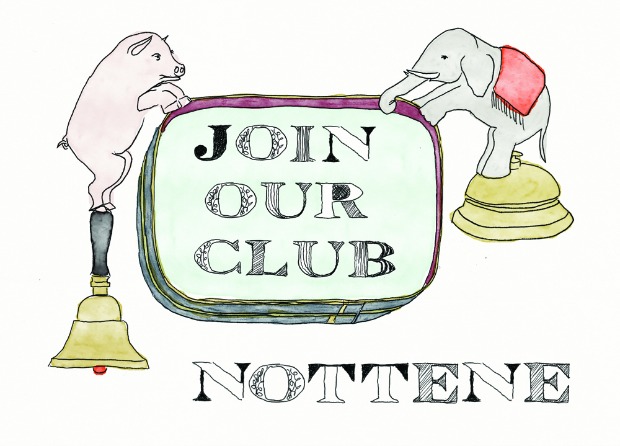
What quote or mantra keeps you motivated?
I always think of the Voltaire quote “I have decided to be happy because it’s good for my health.” I illustrated it for Design Milk last year & you can see it on my site. It reminds me that being happy is a state of mind I can put myself in… and it’s good for me to do that!
What are your most essential tools?
Hands, mind, and heart. Everything else is cake!

